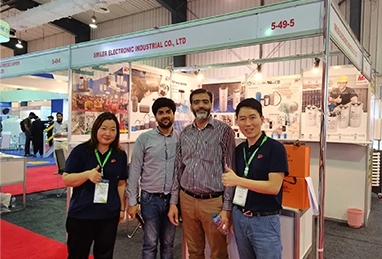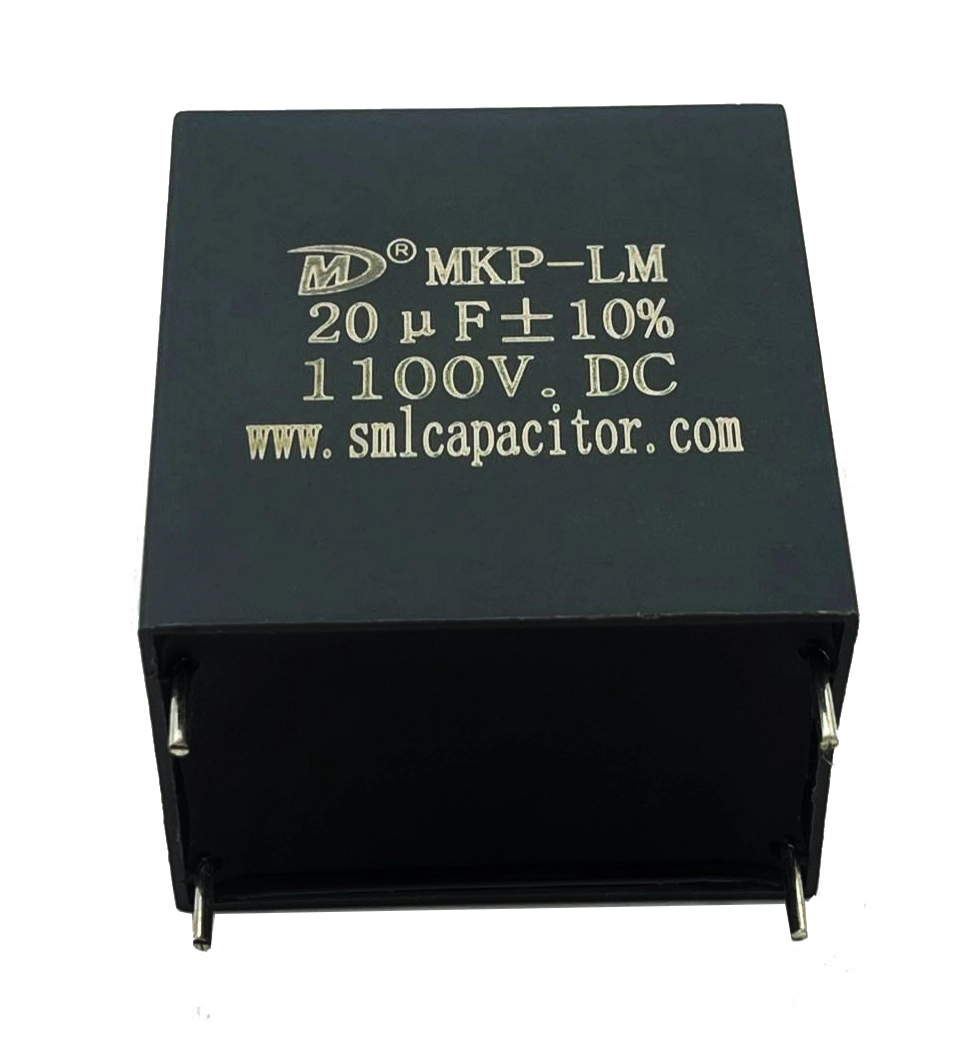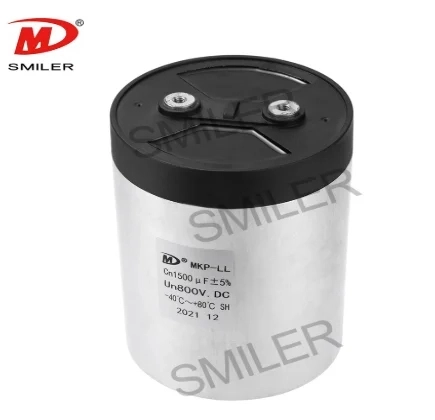When you first hook up a capacitor to a DC voltage source, it acts like a short circuit. That's because the capacitor starts with no charge. The voltage across its plates is zero. As the DC voltage kicks in, the current starts flowing. This charges the capacitor. How fast this happens depends on the capacitance value and any resistance in the circuit.
During this early stage, electrons pile up on one plate. They're pushed away from the other plate. This builds an electric field across the dielectric material. But this current doesn't keep going forever.

Once the capacitor is fully charged, no more current flows through it in steady DC conditions. The voltage across the capacitor matches the supply voltage. With no voltage difference to push electrons, it basically blocks DC current. That's why a capacitor seems like an open circuit in DC setups.
Quick and repeated charging and discharging can overheat the capacitor. This might cause stress or even failure, leading to an open or short circuit. But with proper design, capacitors hold their open-circuit behavior after charging in DC circuits.
The dielectric material between a capacitor's plates is a big factor in its DC behavior. This insulating layer stops direct electrical flow between plates. It lets an electric field build as the charge piles up. The type and quality of the dielectric affect things like breakdown voltage, leakage current, and insulation resistance.
Insulation Resistance > 10 000 s (20℃, 100vdc, 1min) shows that high-quality dielectrics have super high resistance to leakage currents in DC. This reinforces the open-circuit effect once the capacitor is fully charged.
Capacitors are often used in DC circuits to block steady currents while letting short pulses or transients pass. In audio or communication systems, capacitors work as AC pass filters. They keep different DC bias levels separate between stages.
This selective behavior lets capacitors act as signal isolators. They don't mess with system voltage references. That's a key feature in analog electronics design.
Capacitors paired with resistors make RC circuits. These are super useful for timing. By controlling how fast a capacitor charges or discharges through a resistor, you can create precise time delays. These are great for oscillators, timers, or pulse generators.
The time constant τ = RC sets how quick these processes are. It's a core idea for building clocks or delay elements in digital systems.
In power supply circuits, capacitors smooth out voltage changes. They soak up surges or fill in dips caused by load shifts. After AC is turned into pulsating DC, capacitors store energy. They release it during low-voltage moments. This leads to steadier output voltages.
DFif ranges from about 1.5% to 3%. ESRhf ranges from 0.002 to 10Ω and drops with temperature. These traits make some capacitors perfect for filtering, where frequency response and equivalent series resistance (ESR) matter a lot.

In smartphones and laptops, capacitors sit near integrated circuits (ICs) for decoupling. They act like local energy tanks. They reduce noise from power lines and keep supply voltages steady during sudden load changes.
Their ability to block low-frequency changes while handling high-frequency noise makes them key for device reliability and performance. Pretty neat, right?
Communication systems use capacitors a lot for signal coupling between amplifier stages or across transmission lines. Their open-circuit nature in steady DC ensures that only changing signals (AC components) get through. This keeps signal clarity while preventing unwanted bias mixing between stages.
This is super important in RF circuits, where impedance matching and isolation are critical for performance.
Cars today have tons of electronic control units (ECUs), sensors, and infotainment systems. All are sensitive to electrical noise. Capacitors in wiring harnesses cut down electromagnetic interference (EMI). They shunt high-frequency noise away from key components.
Their ability to block direct currents while handling transients makes them ideal for clear signals in tough conditions, like engine ignition or regenerative braking.
Engineers pick capacitors that can handle operating voltages with extra room. DC test voltage between terminals (10 s) 1.5*VR confirms reliable capacitors are tested above their rated voltages. This gives safety margins against spikes or transients in real-world setups.
Tolerances show how much capacitance might vary due to manufacturing or environmental changes. Capacitance tolerance J(±5%) K(±10%) means precision capacitors are available for tight control over timing or filtering, even with temperature shifts or aging.
Board space often limits component choices. Designers balance needed capacitance with size constraints, especially in compact devices where space is tight. Through-hole versus surface-mount types also affect heat handling and durability, depending on the application.
Whether smoothing ripple in power supplies or setting time constants for control circuits, picking the right capacitance ensures accuracy and reliability. Understanding trade-offs among ESR values, dielectric types, sizes, and tolerances lets engineers tailor solutions for everything from high-speed regulators to low-noise analog systems.
SMILER focuses on building advanced passive components for tough industrial uses. These include renewable energy systems, motor drives, medical equipment, automotive electronics, and communication infrastructure projects worldwide.

SMILER offers capacitor families designed for top performance in sustained DC operation:
Operation lifetime of 50 000 h at VR and 85℃ ensures reliability in hot environments, like solar panel junction boxes or wind turbine controllers. These are built for long-lasting energy storage and discharge control.
With lifespans up to 100 000 h at VR and 70℃, these capacitors are made for bulk energy storage. They're great for smoothing ripple over long duty cycles in systems like UPS or EV battery management units.
A: Once fully charged by a constant voltage source like a DC power supply, there's no potential difference left across its plates to drive further current flow; thus it behaves like an open circuit blocking continuous current flow.
A: Not effectively—a capacitor will initially allow some current but eventually block it entirely once charged; however it's not suitable as an active switch replacement since it doesn't reset automatically without discharge paths.
A: You'll need values based on load current demand (I), acceptable ripple voltage (ΔV), and frequency of rectified waveform (f): C = I / (f × ΔV). Larger capacitances result in smoother outputs but require more board space or cost higher per unit volume ratio.
A: Exceeding rated voltages can lead to dielectric breakdown causing internal short circuits or explosions; always select components with adequate safety margins above expected operating levels such as DC test voltage between terminals (10 s) 1.5*VR guidelines suggest safe thresholds during the selection process.